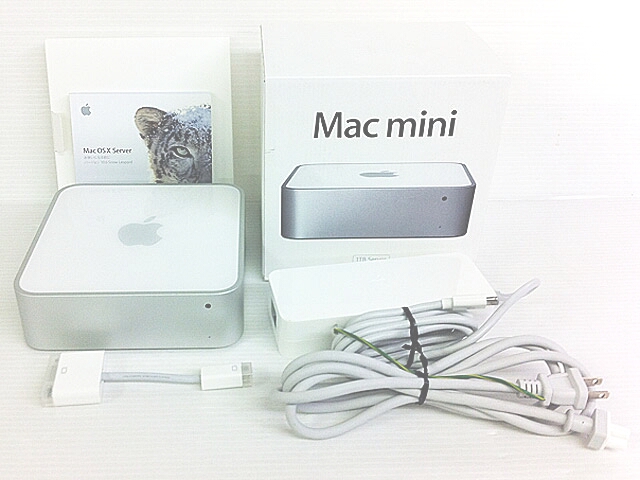

This is where it is possible to add one or more domains for email. Go all the way down to the bottom of this page where you’ll see the word Domains. Initially, the screen looks like this (see screenshot below): (The Mail service pane on the macOS Server dashboard) On the dashboard, go to the Services section of the left sidebar and click on Mail. Now it’s time to configure the Mail service on macOS Server. Once the MX record has been created, our non-editable DNS record listing looks something like this (note that I am using DreamHost to provide the DNS services for the example domain): (The MX record for the server. So what we need to do is add our MX record, which is of type MX and has a format like “XX .” where XX is a priority number (we’ll use a high priority, 10), and the fully qualified domain name, which in our example will be.

The “” record that I set up earlier is an A record. Mail servers require that a mail exchange or MX record be set up as well as a DNS “A” record. This week, we’ll look at two of the more important services for any workgroup that’s using the macOS Server: mail and calendar services.įirst, we need to make sure that we set up mail exchange (MX) records with our DNS host (by the way, your server can be your own DNS server…but we haven’t covered that topic, so we’re assuming that you have a hosting provider acting as the DNS host for your domain).Įarlier in this series, we set up a DNS record for our example company - that pointed to our server’s IP address. Over the past four articles, we’ve discussed why you’d want to run your own server for personal reasons or for a small business, talked about setting up a used Mac mini from as a server, and described how to set up macOS Server to provide a group of users with file sharing and wiki services.


This is the fifth in the ongoing Rocket Yard series describing how to use Apple’s macOS Server to provide services to users both inside a local network and over the Internet. Find the entire macOS Server series here!


 0 kommentar(er)
0 kommentar(er)
